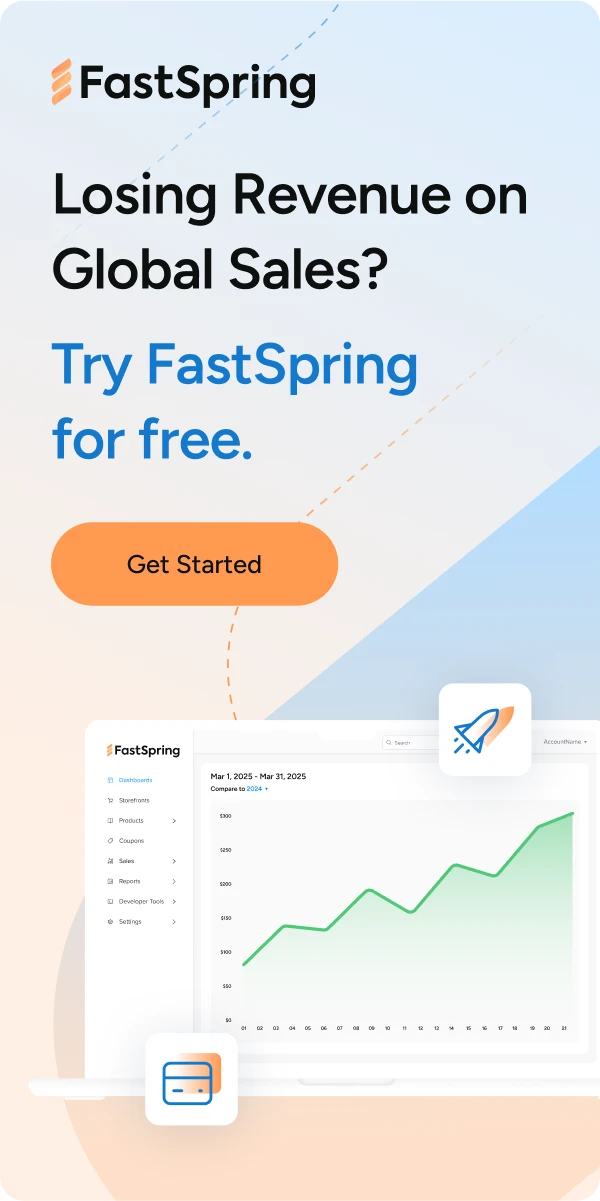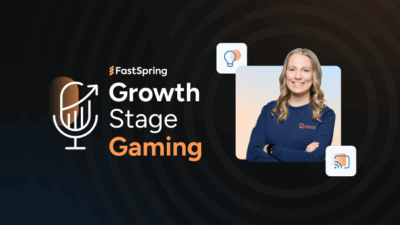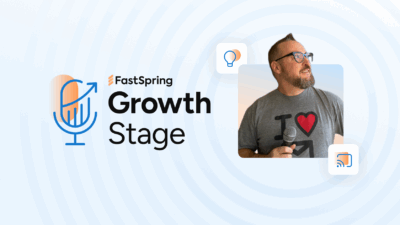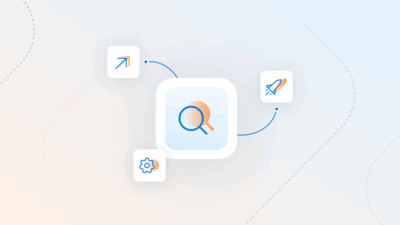Thanks to the pervasive presence of the internet, digital marketing has become an increasingly popular tactic in the go-to-market strategy for many SaaS businesses. In fact, over half of the world’s population now has access to the internet, according to Mary Meeker’s 2018 Internet Trends report.
When done well, digital marketing allows your business to tap into both organic and paid channels to place memorable marketing campaigns in front of your ideal audience. These campaigns are capable of driving greater awareness, generating new leads and increasing sales of your SaaS offering.
Make sure your software stands out in the chaotic digital landscape with these five digital marketing strategies.
Tip #1: Don’t shy away from research.
One of the best ways to figure out what’s working is to study what others in your space are doing. Don’t be afraid to put on your detective cap and do a little undercover work, the information you gather from the exercise is very valuable for your business!
Here’s how you can use the internet as a powerful research tool:
- Leverage search engine result pages (SERP) for keyword research.
Pay special attention to which of your competitors are showing up and where they are landing in the search results. Trying out a variety of keyword queries will help you understand what keywords your competitors are potentially bidding on. - Reverse engineer your competitor’s sales funnel.
Having a fully-realized sales funnel is critical for driving revenue and growth for your business. The most successful sales funnels place an emphasis on customer behavior, nurturing, and retention at each step of the customer journey in order to consistently turn quality leads into paying customers. Understanding your competitor’s funnel is an important step when optimizing your own sales funnel. This exercise can provide your business with new strategies and tactics for driving more leads. Some questions you should consider are:
– Where do your competitors take their customers to after they’ve shown interest?
– How are they moved through the marketing funnel and ultimately become a prospect for sales?
Tip #2: Leverage content marketing to build brand awareness.
Content is a free discovery tool. Unlike pay-per-click campaigns that cost you advertising dollars every time someone clicks on your ads, there aren’t direct costs associated with regularly producing high-quality content on your website. Similar to display banners or billboards, your content is a form of advertisement as it allows your ideal audience to engage with your brand.
With content marketing, your business is able to:
- Attract organic traffic.
Expand your circle of awareness and generate new opportunities to engage with prospective customers by extending your marketing reach beyond the keywords you’re paying for. New visitors can organically find your company by discovering the content you produce and not because they’ve directly looked up your business or company name. - Educate your audience.
Blogging offers an opportunity for your business to educate potential customers about the benefits of your offering. Sharing customer success stories allows your business to genuinely showcase the positive experience your customers had with your software. These real-world examples further strengthen the credibility of your software by leveraging social proof. - Establish your business as a thought leader.
When it comes to thought leadership, it’s all about finding ways to connect with your audience and deliver the information that they find most relevant. Sharing industry insights and statistics in the form of easily digestible blog posts is one way to provide potential customers with valuable and accurate information. By consistently producing a funnel of valuable content, your business can attract more visitors to your site and convert them into paying customers down the road.
Tip #3: Establish a polished web presence.
If you’re selling SaaS online, you need to make sure you’ve nailed your digital presence. At the end of the day, the main purpose of your website is to drive visitors to make a purchase. To do this you’ll want to make sure that copy on the site is clear and benefit-focused so that visitors can quickly understand the value of your software and feel inspired to buy.
Once you get a customer to your website, the next step is to make sure their purchase experience is seamless, fast, and convenient. With an all-in-one ecommerce platform, you can design optimized popup checkout experiences that allow shoppers to purchase directly from your product page. In fact, businesses who use FastSpring’s popup checkout experience a 40% increase in sales.
Tip #4: Build relationships with customers on social.
The impact of social commerce is getting harder to ignore as social-driven retail sales and referral traffic are rising at a faster pace than all other online channels. According to BI Intelligence, social media increased its share of ecommerce referrals by nearly 200% between the first quarters of 2014 and 2015. Many businesses have realized that they need a strong social media presence across platforms like Facebook and Twitter to ensure that they’re capitalizing on every opportunity to engage with and capture customers.
Tip #5: Review the data.
Analytics should form the cornerstone of any marketing decision you make. Platform data and engagement reports are the building blocks for A/B tests to help optimize conversions on your site. Data is a powerful tool for measuring the health and success of your business.
It can be argued that having the right tools to measure the metrics of your ecommerce site is sometimes even more important than the actual data itself. Google Analytics is a powerful tool that you can use to help get a clearer sense of the user behavior and demographics of visitors to your site. For example, you can filter incoming traffic based on the country users are searching in. Having this information is useful because you may decide that you want to test the ROI impact of displaying localized commerce pages.
What successful SaaS launches have in common.
While there’s no silver bullet to a successful SaaS launch, here are some helpful guidelines to follow:
- Understand your customer through market research.
- Develop educational and valuable content that connects with your ideal audience.
- Engage with your audience wherever they are including social media channels.
- Use your website as a platform to clearly communicate the value users get from your software.
- Optimize the overall discovery and purchase experience with frequent testing and concrete data.
At the end of the day, customers are more likely to purchase if you can both genuinely and clearly communicate how your SaaS will add value to them instead of just listing features. The digital landscape may appear crowded at first but by following these 5 digital marketing strategies, you’re taking the first step towards helping your SaaS stand out from the crowd.









